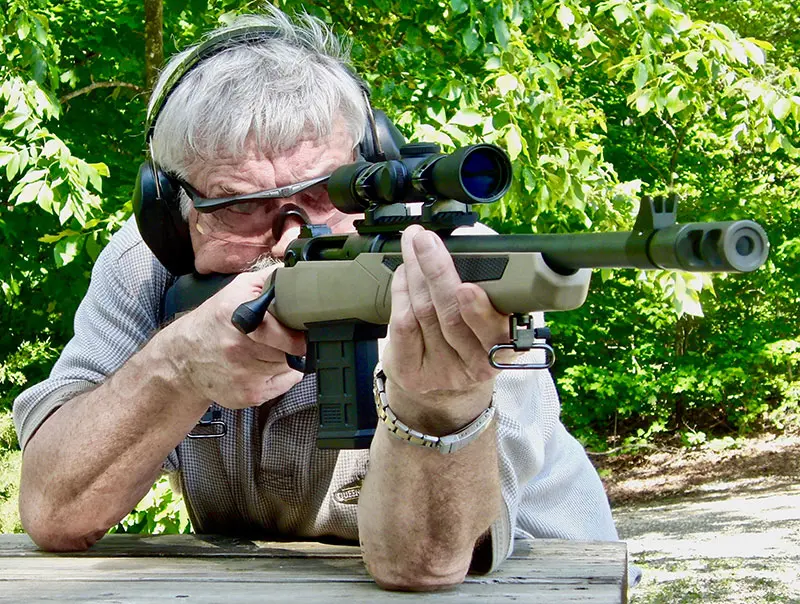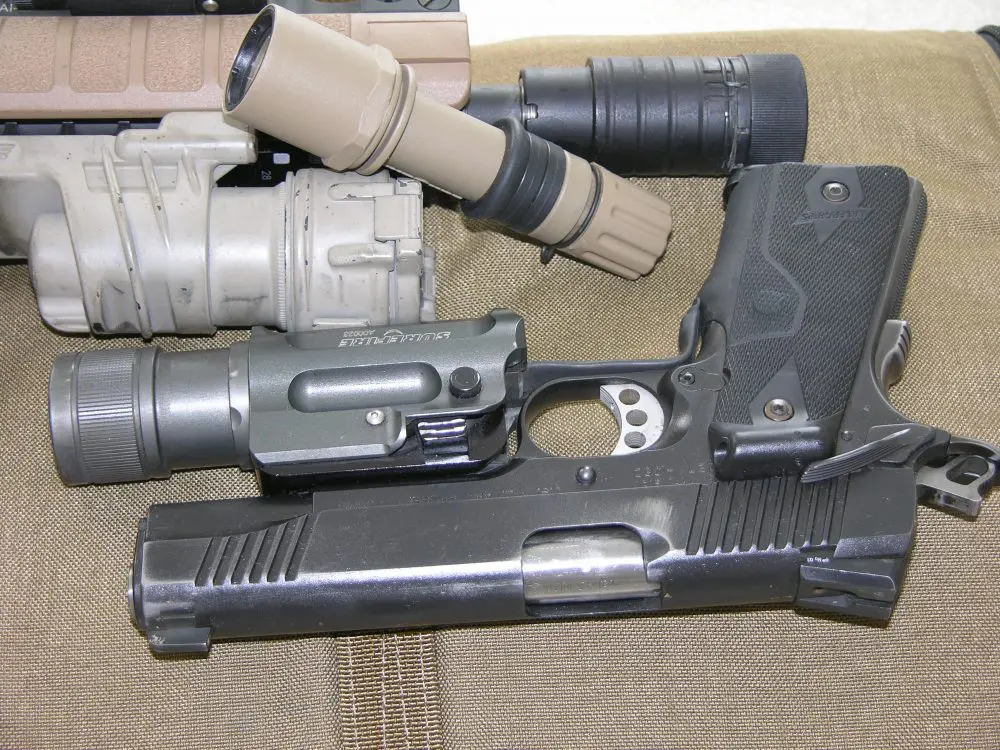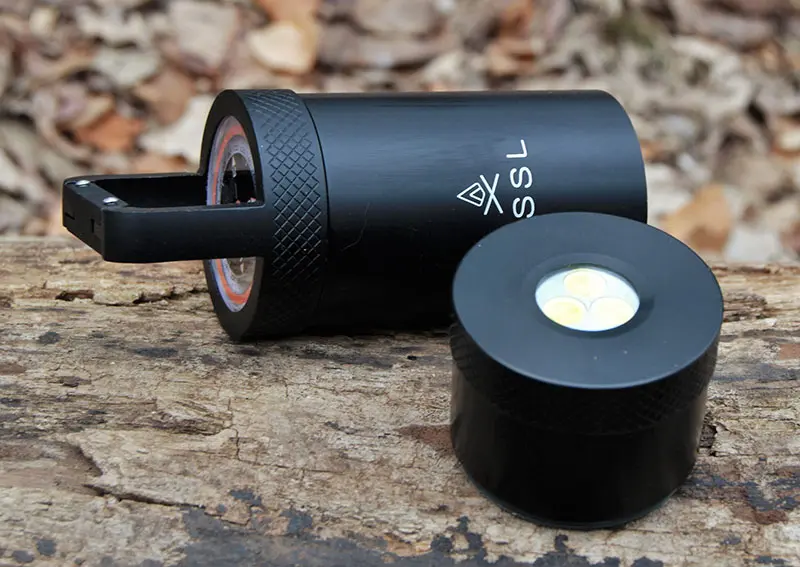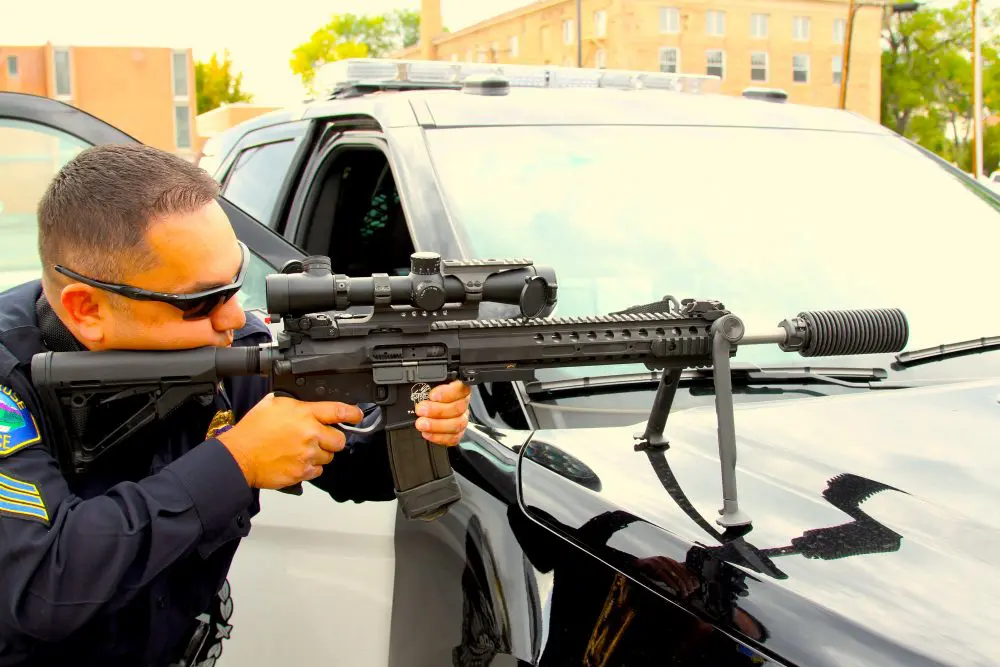Since the beginning of 2018, at least 45 law enforcement officers across the U.S. have been killed while on duty. This works out to slightly less than two officers killed per week.
While not on track to match the horrendous numbers of 2017 (129 officers killed) and 2016 (135 officers killed), as this is written, we still have a long, hot summer ahead of us.
What are some possible reasons for the increase in the murder of police officers?
First may be the unprecedented use of ubiquitous phone video cameras. Some believe that as officers’ actions are being recorded, it may make them hesitant to respond in a timely manner. It is a fact that some officers have been initially blamed for an incident but later found not guilty.
More probable is the anti-police hate speech spewed at so many “rallies.” This is exacerbated by politically correct, weak-kneed administrators who order officers to retreat or take no action, further emboldening criminals.
A thought in the back of some officers’ minds is the feeling a department may not stand behind them after an officer-involved shooting.
There are reasons to support such a line of thought. In California, a measure before the state assembly would increase the state standard for lethal use of force from “reasonable” to “necessary” to become law. If passed, this would put officers in the crosshairs of more potential cop killers.
This flies in the face of two U.S. Supreme Court cases 30 years ago that created a legal precedent that police can kill suspects if a “reasonable” officer in similar circumstances would have acted the same way.
The above may be some causes and effects of officer shootings, but most attacks are aimed at one or two officers in fairly remote areas, so what can be done to prevent more officers from being murdered?
The first, obviously, is heightened situational awareness. Note that I did not say heightened vigilance. Situational awareness can be increased while in Condition Yellow, while heightened vigilance requires being in Condition Orange, which most people cannot maintain for a prolonged period of time.
Second, wait for backup. Going it alone has been referred to as “Tombstone Courage”—and we already have too many tombstones.
Until next time, stay low and watch your back—especially our LEO readers.






